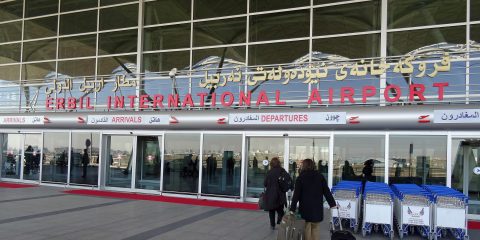Iraq routed IS from Ramadi at a high cost: A city destroyed
This is what victory looks like in the Iraqi city of Ramadi: In the once thriving Haji Ziad Square, not a single structure still stands. Turning in every direction yields a picture of devastation. A building that housed a pool hall and ice cream shops — reduced to rubble. A row of money changers and […]Susannah George, Desmond Butler and Maya Alleruzzo write for AP:
This is what victory looks like in the Iraqi city of Ramadi: In the once thriving Haji Ziad Square, not a single structure still stands. Turning in every direction yields a picture of devastation.
A building that housed a pool hall and ice cream shops — reduced to rubble. A row of money changers and motorcycle repair garages — obliterated, a giant bomb crater in its place. The square's Haji Ziad Restaurant, beloved for years by Ramadi residents for its grilled meats — flattened. The restaurant was so popular its owner built a larger, fancier branch across the street three years ago. That, too, is now a pile of concrete and twisted iron rods.
The destruction extends to nearly every part of Ramadi, once home to 1 million people and now virtually empty. A giant highway cloverleaf at the main entrance to the city is partially toppled. Apartment block after apartment block has been crushed. Along a residential street, the walls of homes have been shredded away, exposing furniture and bedding. Graffiti on the few homes still standing warn of explosives inside.





